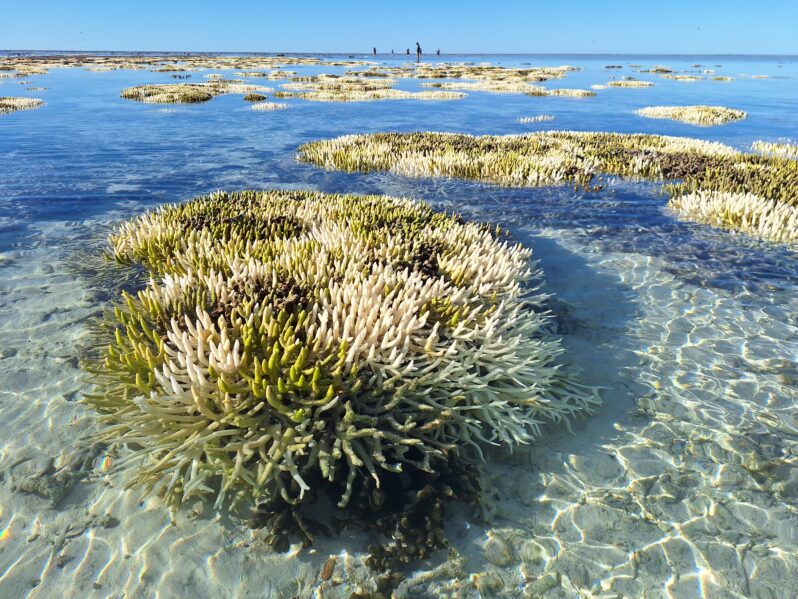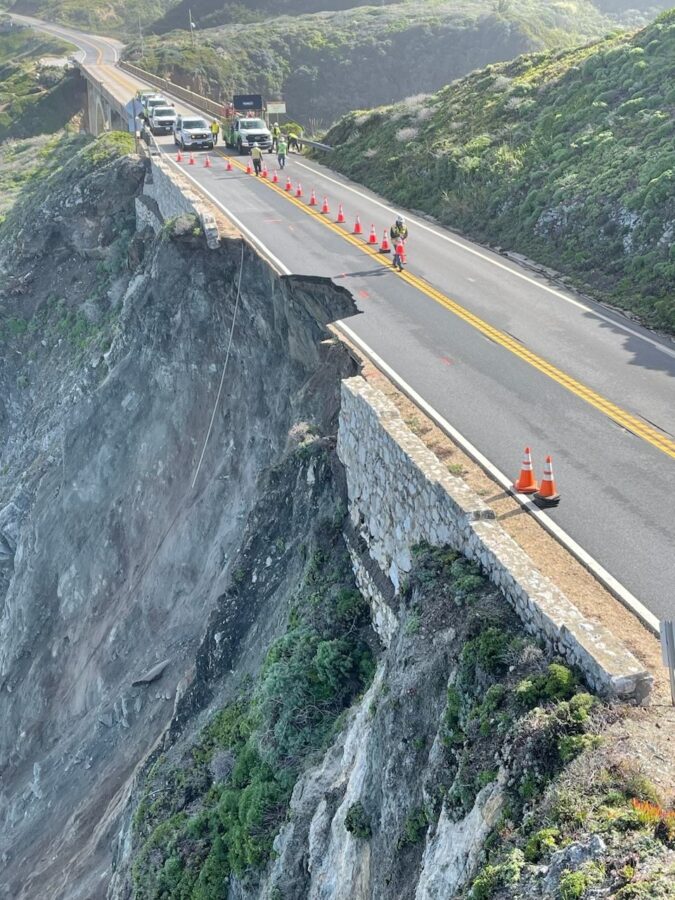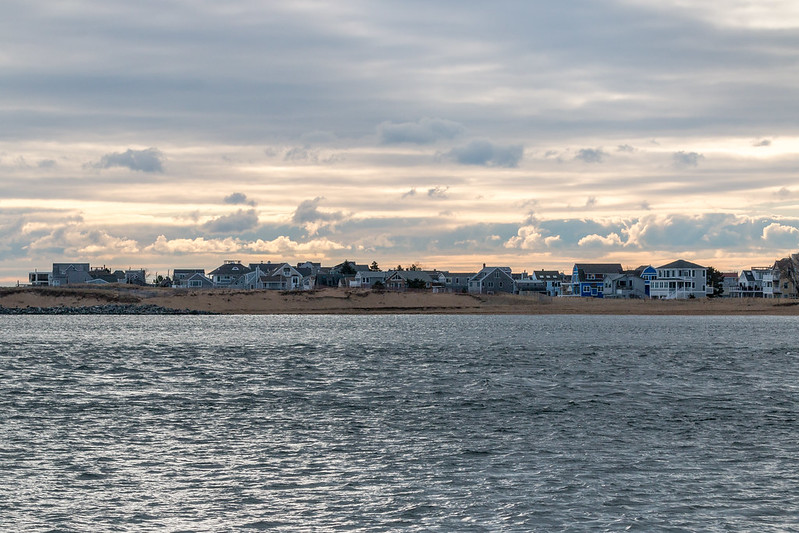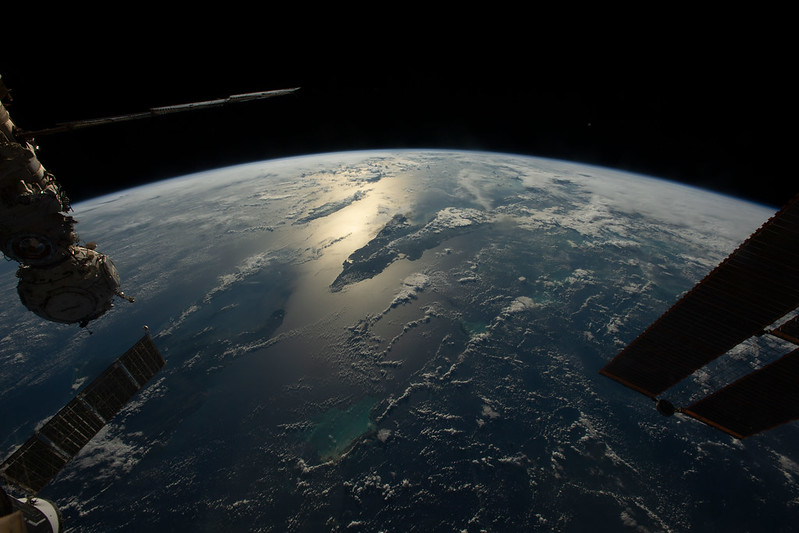Why Time Is Running Out Across the Maldives’ Lovely Little Islands – the New York Times

Global tourism brought a modern economy to the country’s thousand islands. For many Maldivians, the teeming capital beckons…
Will Shoppers Ever Care About the Destruction of the Planet? – the New York Times

Tactics to convince people to buy less aren’t working. A quirky new documentary by Patagonia takes a different approach…
The Widest-Ever Global Coral Crisis Will Hit Within Weeks, Scientists Say – the New York Times

The world’s coral reefs are in the throes of a global bleaching event caused by extraordinary ocean temperatures…It is the fourth such global event on record and is expected to affect more reefs than any other. Bleaching occurs when corals become so stressed that they lose the symbiotic algae they need to survive. Bleached corals can recover, but if the water surrounding them is too hot for too long, they die…
Travelers Stranded by Highway Collapse Begin to Leave Big Sur – the New York Times

About 2,000 motorists, mostly tourists, were stuck in the area on Saturday night after a section of Highway 1 fell into the ocean. No injuries were reported….
A Massachusetts town spent $600K on shore protection. A winter storm washed it away days later – the Washington Post

A Massachusetts beach community is scrambling after a weekend storm washed away $600,000 in sand that was trucked in to protect homes, roads and other infrastructure…
The East Coast Is Sinking | Interactive – the New York Times

New satellite-based research reveals how land along the coast is slumping into the ocean, compounding the danger from global sea level rise.
A major culprit: overpumping of groundwater.
Fire Blanketed Lahaina in Toxic Debris. Where Can They Put It? – the New York Times

Crews are sending thousands of truckloads of debris to a temporary disposal site (in Olowalu)..The coast of Olowalu is popular with snorkelers and filled with abundant sea life. In 2017, the coral reef offshore became a focal point for protection by the nonprofit Mission Blue, which advocates to protect the ocean. The organization said the reef acts as a sort of nursery to enhance reefs on other islands nearby. It also supports a large population of manta rays. “It’s environmentally precious,” said Tom Gruber, an adviser to Mission Blue. “It’s like Yosemite. You wouldn’t put a toxic waste dump upstream of Yosemite…”
Six Spongy Sea Creatures Suggest Warming Might Be Worse Than Thought – the New York Times

Research on a long-lived but rarely seen species in the Caribbean is helping scientists piece together a revised history of climate change…
Here’s How the Next Two Atmospheric Rivers Will Affect California – the New York Times

A “Pineapple Express” hitting California through Thursday will set the stage for another week of unsettled weather across the state…
